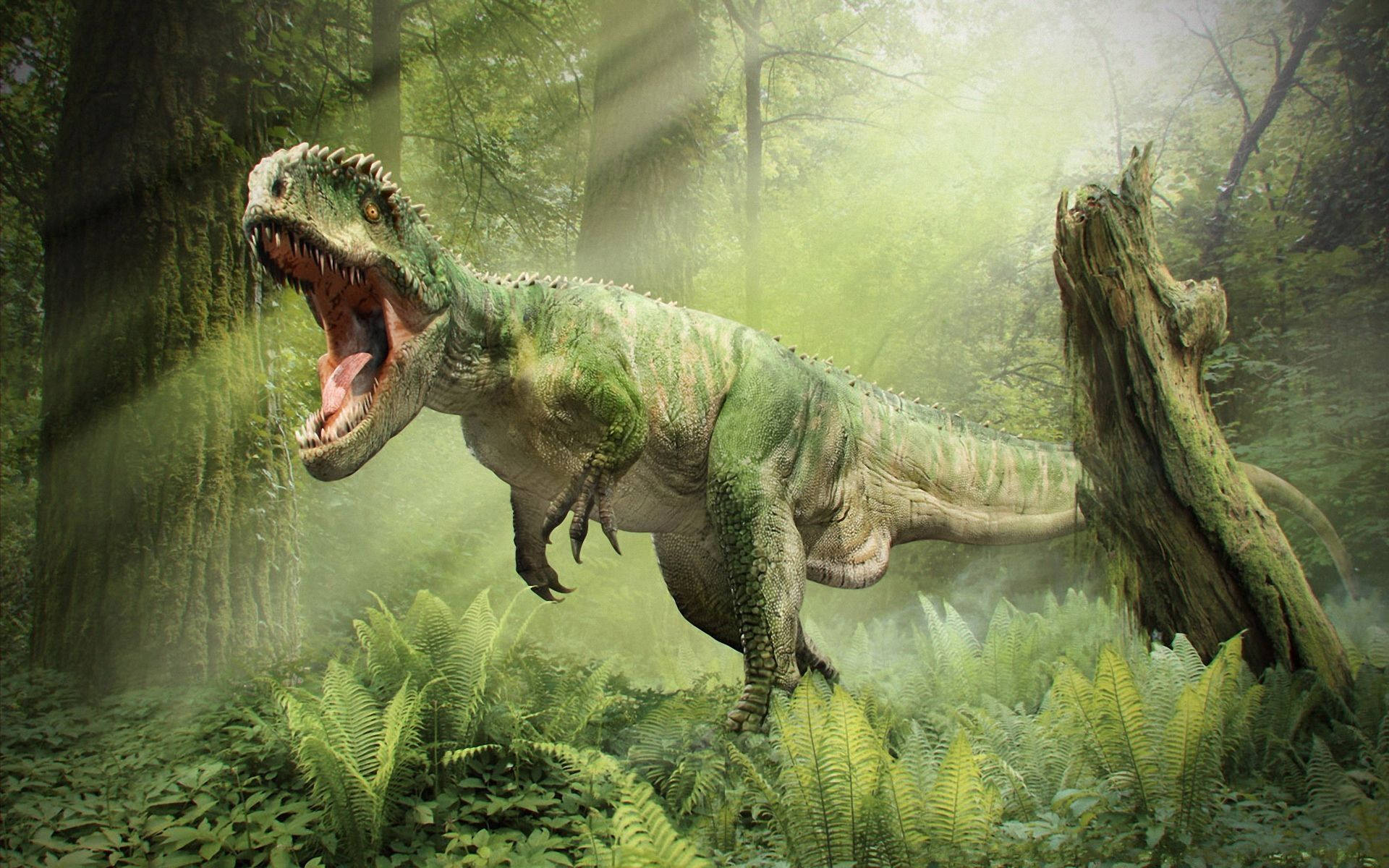Tyrannosaur, any of a group of dinosaurs that lived from the late Jurassic Period to the late Cretaceous Period. Most were large predators, with very large skulls approaching or well exceeding a full meter (more than three feet) in length. The best-known and largest member of the group is Tyrannosaurus rex, or T. rex. Stegosaurus, (genus Stegosaurus), genus various plated dinosaurs (Stegosauria) of the Late Jurassic Period (159 million to 144 million years ago) recognizable by its spiked tail and series of large triangular bony plates along the back. Stegosaurus usually grew to a length of about 6.5 metres (21 feet), but some reached 9 metres (30 feet). The skull and brain were very. Mesozoic Era, second of Earth’s three major geologic eras of Phanerozoic time. Its name is derived from the Greek term for “middle life.” The Mesozoic Era began 252.2 million years ago, following the conclusion of the Paleozoic Era, and ended 66 million years ago, at the dawn of the Cenozoic Era.(See the geologic time scale.)The major divisions of the Mesozoic Era are,.
Mesozoic Era, second of Earth’s three major geologic eras of Phanerozoic time. Its name is derived from the Greek term for “middle life.” The Mesozoic Era began 252.2 million years ago, following the conclusion of the Paleozoic Era, and ended 66 million years ago, at the dawn of the Cenozoic Era.(See the geologic time scale.)The major divisions of the Mesozoic Era are,. Archaeopteryx, genus of feathered dinosaur that was once thought to be the oldest known fossil bird. Its wing design and the structure and arrangement of its wing feathers were similar to that of most living birds, but its bone structure suggests that it engaged only in bursts of powered flight over short distances. Pterodactyl, informal term for a subgroup of flying reptiles (Pterosauria) known from the Late Jurassic through the Late Cretaceous epochs (163.5 to 66 million years ago). Their wingspans ranged from 2 to 11 meters (6.5 to 36 feet), which makes them the largest known flying animal. Take this Science quiz at Encyclopaedia Britannica to test your knowledge of dinosaurs. Quetzalcoatlus is a genus made up of two species of giant pterosaurs, classified in the family Azhdarchidae, that lived during the Maastrichtian Age (72.1 million to 66 million years ago) of the Cretaceous Period. One of the species, Quetzalcoatlus northropi, is widely believed to have been the largest flying creature that ever lived.
Pterodactyl, informal term for a subgroup of flying reptiles (Pterosauria) known from the Late Jurassic through the Late Cretaceous epochs (163.5 to 66 million years ago). Their wingspans ranged from 2 to 11 meters (6.5 to 36 feet), which makes them the largest known flying animal. Take this Science quiz at Encyclopaedia Britannica to test your knowledge of dinosaurs. Quetzalcoatlus is a genus made up of two species of giant pterosaurs, classified in the family Azhdarchidae, that lived during the Maastrichtian Age (72.1 million to 66 million years ago) of the Cretaceous Period. One of the species, Quetzalcoatlus northropi, is widely believed to have been the largest flying creature that ever lived. Velociraptor, (genus Velociraptor), sickle-clawed dinosaur that flourished in central and eastern Asia during the Late Cretaceous Period (99 million to 65 million years ago). It is closely related to the North American Deinonychus of the Early Cretaceous in that both reptiles were dromaeosaurs.Both possessed an unusually large claw on each foot, as well as ossified.
